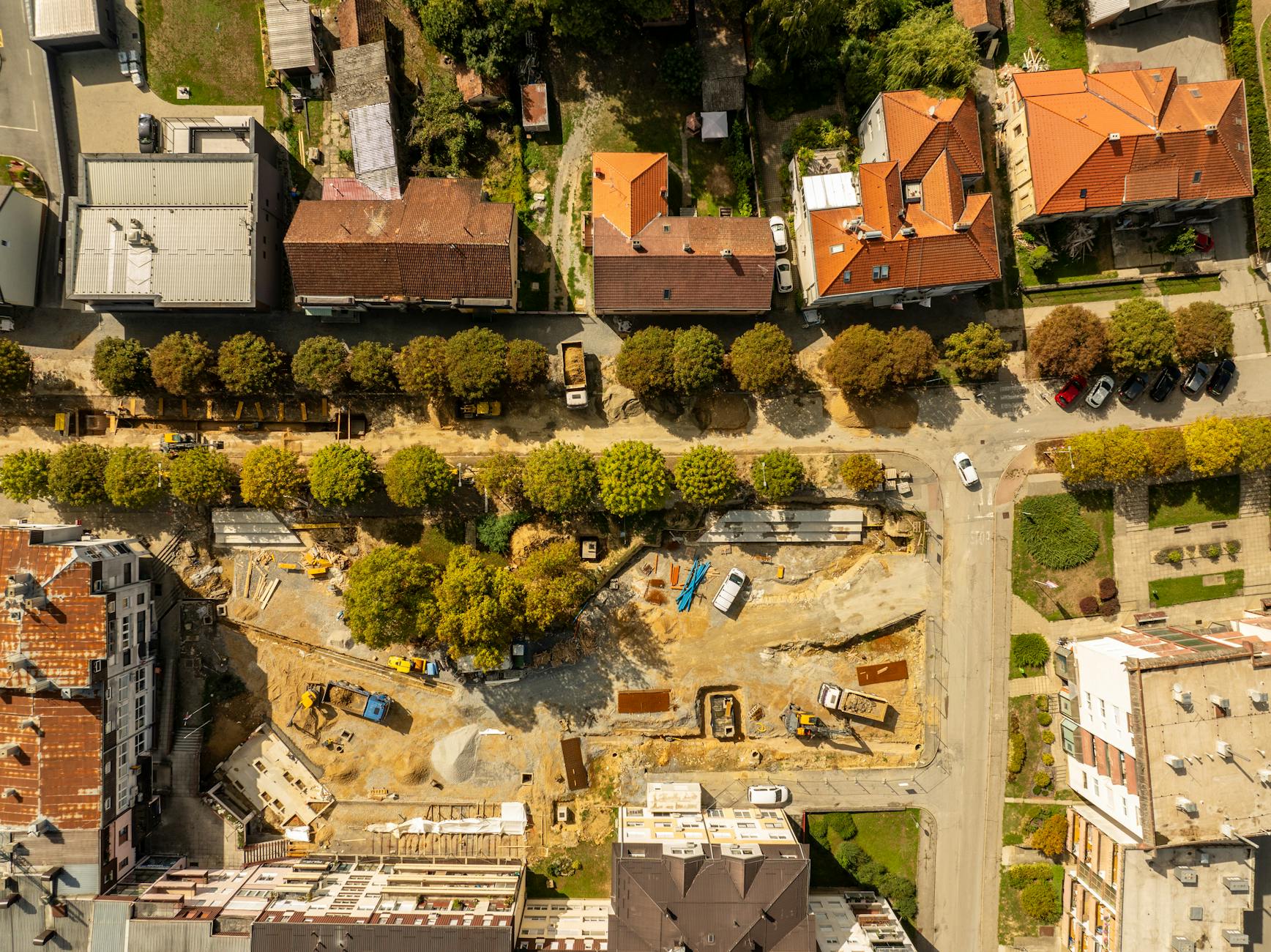Emerging Trends in Affordable and Low-Income Housing Development
Emerging trends in affordable and low-income housing development are reshaping the landscape of urban planning and social equity worldwide. With growing populations, increased urbanization, and the rising cost of living, the need to provide accessible, quality housing for low-income groups has become a critical priority. Traditional approaches often fell short in addressing these challenges, prompting developers, policymakers, and communities to embrace innovation and sustainability. This article explores how advancements in technology, community-driven design, government policies, and funding mechanisms are converging to create smarter, more inclusive housing developments. Understanding these trends not only highlights the future of affordable housing but also underlines the importance of adaptable strategies that can keep pace with evolving social and economic demands.
Innovative construction technologies and materials
One of the most significant drivers of change in affordable housing development is the adoption of new construction technologies and materials. Prefabrication, modular housing, and 3D printing have gained traction due to their ability to reduce both costs and build times. These methods enable standardized yet flexible designs that can be adapted to different environments, making housing projects more scalable and affordable.
Moreover, sustainable materials such as recycled steel, cross-laminated timber, and eco-friendly insulation are increasingly used to enhance building durability while minimizing environmental impact. Developers are prioritizing green building certifications to attract funding and improve living conditions for residents by reducing energy costs. The integration of technology with sustainability is thus creating a new paradigm in low-income housing construction.
Community engagement and inclusive design
Engaging communities in the planning and design process has emerged as a vital trend for affordable housing projects. Inclusive design ensures that the needs of diverse residents—such as seniors, families, and individuals with disabilities—are addressed through multi-functional spaces and accessible infrastructure. By fostering local participation, developments can better reflect cultural identities and social priorities, which enhances community cohesion and long-term success.
Participatory design workshops, collaborative forums, and digital platforms facilitate communication between stakeholders, ensuring transparency and trust. This approach not only improves the quality of the housing but also empowers residents by giving them ownership over their environment. Consequently, community-driven projects tend to have higher satisfaction rates and reduced turnover.
Policy innovations and public-private partnerships
Government policies remain foundational to affordable housing development, but recent innovations in policy frameworks are improving outcomes. Inclusionary zoning, tax incentives, and streamlined permitting processes encourage private developers to incorporate affordable units into their mixed-income projects. Additionally, updated land-use regulations are promoting transit-oriented development, which situates affordable housing near public transport and employment hubs.
Public-private partnerships (PPPs) have become increasingly important in leveraging resources and expertise from both sectors. These collaborations help mitigate financial risks and accelerate project delivery. For example, governments may provide land or subsidies while private firms handle construction and management. The synergy created by PPPs promotes sustainable growth in affordable housing portfolios across urban centers.
Financing models and funding diversification
Financing remains one of the biggest hurdles in affordable housing development. Emerging trends show diversification beyond traditional government grants and loans to more innovative models such as social impact bonds, community land trusts, and crowdfunding platforms.
Social impact bonds tie funding to measurable social outcomes, attracting investors interested in positive community impact. Community land trusts separate land ownership from housing ownership, reducing costs and increasing long-term affordability. Crowdfunding allows stakeholders and residents to participate directly in financing, fostering a sense of investment and partnership.
Below is a table summarizing some financing models and their benefits:
| Financing model | Description | Benefits |
|---|---|---|
| Government grants and loans | Direct funding or low-interest loans to developers | Stable support, encourages project initiation |
| Social impact bonds | Private investment repaid based on success metrics | Aligns financial returns with social outcomes |
| Community land trusts | Nonprofit ownership of land to reduce housing cost | Ensures permanent affordability, community control |
| Crowdfunding | Collective small contributions from individuals | Enhances community engagement and diversified funding |
Conclusion
The development of affordable and low-income housing is undergoing a transformative period characterized by innovation, collaboration, and sustainability. Advancements in construction technologies and materials are making housing projects more cost-effective and environmentally friendly. Community engagement is fostering inclusive designs that resonate with residents and enhance social stability. Policy innovations combined with public-private partnerships are mobilizing resources and accelerating growth in housing accessibility. Finally, diversified financing models introduce new opportunities for funding that align financial goals with social impact. These interconnected trends not only address the urgent need for affordable housing but also lay the foundation for resilient, equitable communities. As cities continue to evolve, embracing these emerging practices will be crucial to overcoming housing challenges globally.
Image by: Vladimir Srajber
https://www.pexels.com/@vladimirsrajber
editor's pick
latest video
news via inbox
Nulla turp dis cursus. Integer liberos euismod pretium faucibua

